David Sang Solutions for Chapter: Turning Effects of Forces, Exercise 3: Questions
David Sang Physics Solutions for Exercise - David Sang Solutions for Chapter: Turning Effects of Forces, Exercise 3: Questions
Attempt the free practice questions on Chapter 4: Turning Effects of Forces, Exercise 3: Questions with hints and solutions to strengthen your understanding. Cambridge IGCSE® Physics Coursebook Second Edition solutions are prepared by Experienced Embibe Experts.
Questions from David Sang Solutions for Chapter: Turning Effects of Forces, Exercise 3: Questions with Hints & Solutions
Use the ideas of stability and centre of mass to explain the following.
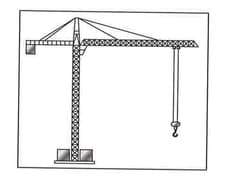
Double-backer buses have heavy weights attached to their undersides.
Use the ideas of stability and centre of mass to explain the following.
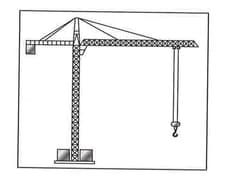
The crane has a heavy concrete block attached to one end of its arm, and others placed around its base.
The diagram shows the forces acting on a cyclist.
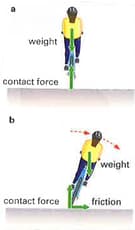
Look at part a of the diagram.
Explain how you can tell that the cyclist shown in part a is in equilibrium.
Now, look at part b of the diagram.
explain how the cyclist is in equillibrium?
The diagram shows the forces acting on a cyclist.
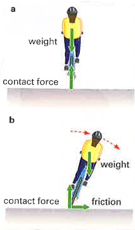
Look at part of the diagram.
Are the forces on the cyclist balanced now How can you tell
The diagram shows the forces acting on a cyclist.
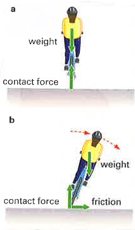
Look at part a of the diagram.
Would you describe the cyclist as stable or unstable Explain your answer.
